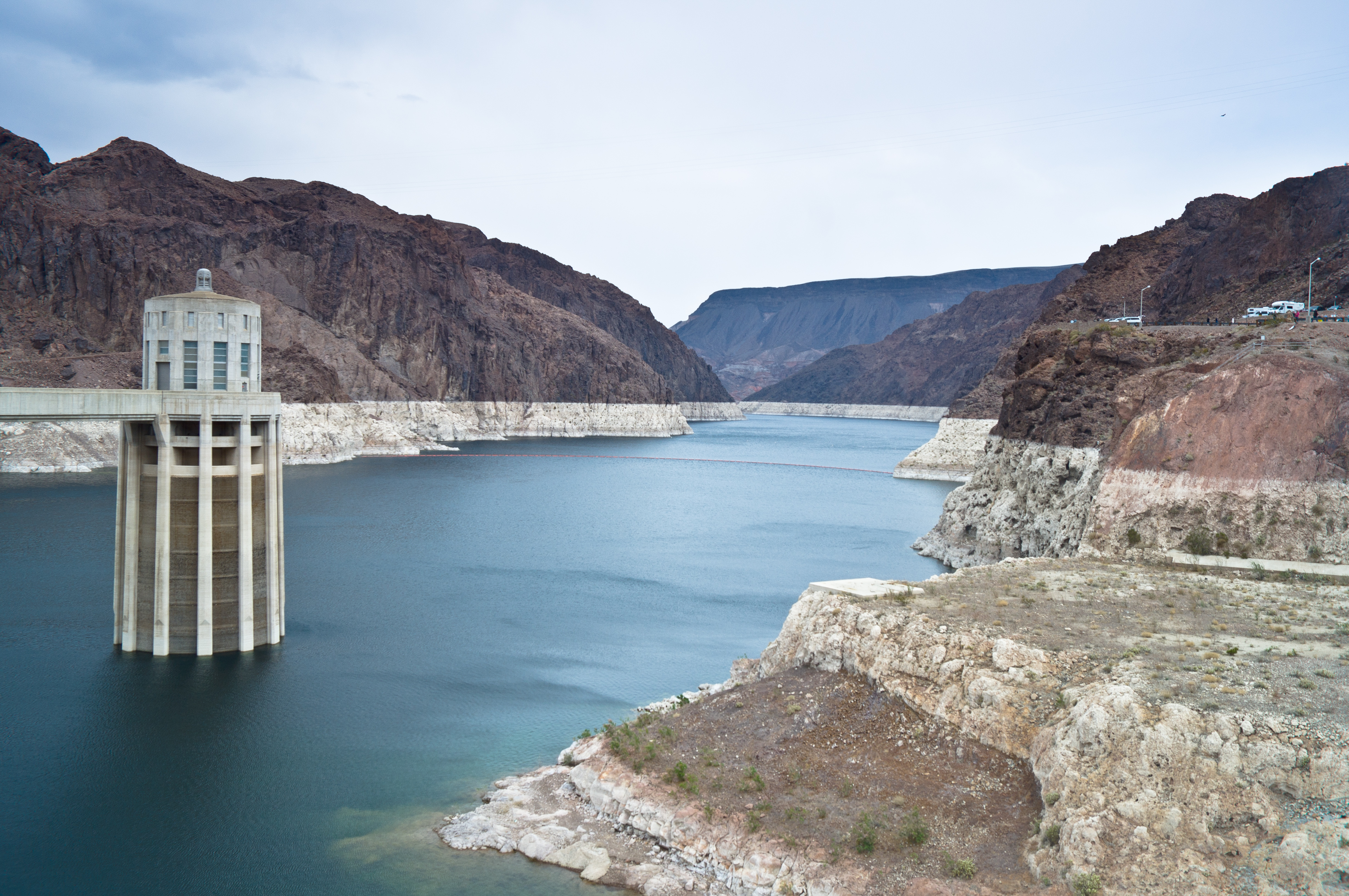 |
| bitznbitez. "Water Spigot." 9/8/07 via Flickr. Attribution-NonCommerical-NoDerivs 2.0 Generic License. |
My values and beliefs fall somewhere in between the general public's and Barnett's. Since I've lived in the desert most of my life, I've grown up with the awareness of water scarcity, although I didn't understand the severity of the issue. It was hard to see the dire need to reduce water consumption when I constantly had a fresh supply of water whenever I needed it.
Now, since I'm studying environmental science, I'm learning more about the actual mechanics of pumping water out of the ground, what that water is mostly used for, and understanding the specific consequences of overextraction. Still, I don't think I value or truly understand the issue enough to noticeably change my own lifestyle in order to consume less water.
I understand the struggle of the general public; I feel it too. It's really hard to understand the consequences of a drought when I can always turn on my spigot and see fresh water flowing out. Barnett described this common feeling, but her own opinions reflect the need to change agricultural habits to reduce water consumption.
Because Barnett's article is focused more on agricultural water consumption than municipal (agriculture consumes the most water), I sometimes have the feeling that what I do personally won't change anything in the long term. I feel the water I consume is very small compared to that of a farm. However, the choices I make, such as what kind of food I eat, can impact agricultural water use. Eating meat is more costly in terms of water than eating grains.
The agricultural sphere shares similar values and ideas that I do, just on a much larger scale. Farmers are concerned about falling water tables, but they still must draw up water to produce their crops and make revenue. Personally, it comes back to money and convenience for me as well. Living in the way I do, consuming more water than I probably should, is the easiest way of life for me. Because agriculture uses so much water, farmers need to consider their water impact more than I do, but we both still have an impact. Most importantly, we both need water to survive and continue our current ways of life, so both of us are aware we must live with the consequences of water shortage.
The only belief that I don't identify with mentioned in the article is a brief part about tourists who have visited Lake Mead to take pictures of the lowering water table, without really understanding what the consequences of what they're seeing are. I don't think this is the belief of most of the public, but it's the belief of some. Some of the public sees the drought as more of a spectacle than an issue that can affect them too. These people don't really grasp that this crisis will affect them too, which is part of the misconception idea I've repeatedly gone back to. I definitely don't believe this crisis is simply a photo opportunity. I have more urgency than some to advocate change and invoke progress.
Since this article is about a current issue, the values and beliefs presented in the article are still relevant today. I think overall the public's attitude towards water has changed over time, and more people are aware of the shortage issues and are pushing for conservation reform, but the general attitude towards water scarcity still needs to reform in order for us to live sustainably.
REFLECTION
In Olivia's reflection, I found I couldn't take the same hard-line stance that she did. She strongly believed advertisers should not lie to their consumers. I agree, but realistically, I find the issue much more complicated than that. What counts as lying? It's a fine line to draw. Olivia seems to have a similar view as the author of her article, and I'm in the same situation with my own article. Because of this, it might be harder for us to objectively evaluate the strength of the rhetorical strategies alone; we might believe an argument is well constructed, but really we are hesitant to criticize the author.
Grace's article was one of a more extreme viewpoint, in my opinion. I didn't really agree with what the author's opinion was on vaccinations, but Grace does. Reading Grace's article and reflection, I began to wonder if my article is kind of extremist as well. For me, it doesn't seem extremist because I live in the world of environmental science, and these kinds of beliefs on water consumption and shortage are so common they are written into our textbooks. However, that's much different than the general public opinion. I think realizing my article could be just as extreme as Grace's to someone not in the field of environmental science is important because then I must regard my article with the same caution I regarded Grace's with.



.jpg)












